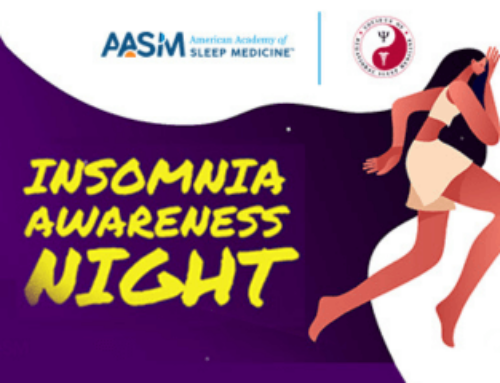FOR IMMEDIATE RELEASE
CONTACT: Katie Hatcher, L.C. Williams & Associates, 800-837-7123, 312-565-3900, or khatcher@lcwa.com
DARIEN, IL – Recent high-profile motor vehicle accidents have brought national attention to the dangers of drowsy driving. The National Healthy Sleep Awareness Project is addressing this pervasive threat to public health and transportation safety by launching the “Awake at the Wheel” public education campaign, which will educate drivers of all ages about the risks of driving while drowsy in order to reduce avoidable accidents and save lives.
Data show that drowsy driving is a widespread hazard, causing more than 100,000 motor vehicle accidents on U.S. roads each year. The Centers for Disease Control and Prevention estimates that drowsy driving may be a factor in as many as 7,500 fatal crashes annually.
To kick off the public awareness campaign, Dr. Nathaniel Watson, president-elect of the American Academy of Sleep Medicine, will speak at the National Transportation Safety Board’s Highway Safety Forum “Awake, Alert, Alive: Overcoming the Dangers of Drowsy Driving” on Oct. 21 in Washington. Dr. Watson will discuss recommended solutions to prevent drowsy driving among novice drivers, such as mandating drowsy driving instruction as a requirement for driver’s education programs and including comprehensive information about drowsy driving in state curricula and driver’s manuals.
“Drowsiness is similar to alcohol in how it compromises driving ability by reducing alertness and attentiveness, delaying reaction times, and hindering decision-making skills,” said Watson. “Drowsy driving is deadly, but it can be prevented.”
Drowsy driving prevention is a pillar of the Healthy Sleep Project, which is funded by the CDC and led by the AASM in collaboration with other partners such as the Sleep Research Society (SRS). Yesterday the project partners endorsed the AASM’s new Drowsy Driving Health Advisory, which urges every driver to take responsibility for staying “Awake at the Wheel” by making it a daily priority
to get sufficient sleep, refusing to drive when sleep-deprived, recognizing the signs of drowsiness, and pulling off the road to a safe location when sleepy.
Additionally, the health advisory encourages transportation companies to promote public safety by adhering to hours-of-service regulations, scheduling work shifts based on sleep need and circadian timing, implementing an evidence-based fatigue management system, and screening commercial drivers for sleep disorders such as obstructive sleep apnea.
For more information visit projecthealthysleep.org.
About the National Healthy Sleep Awareness Project
The National Healthy Sleep Awareness Project was initiated in 2013 and is funded by the Centers for Disease Control and Prevention through a cooperative agreement with the American Academy of Sleep Medicine. The collaborative project addresses the sleep health focus area of Healthy People 2020, which provides science-based, 10-year national objectives for improving the health of all Americans. The sleep health objectives are to increase the medical evaluation of people with symptoms of obstructive sleep apnea, reduce vehicular crashes due to drowsy driving and ensure more Americans get sufficient sleep. For more information, visit www.sleepeducation.org/healthysleep.




